| Back to Back Issues Page |
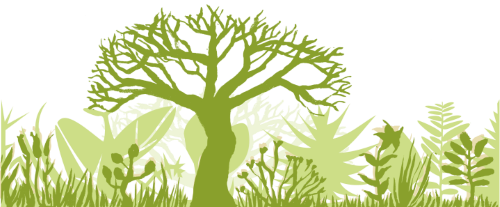 |
|
Restore Nature, Issue #011 April 14, 2024 |
HelloRESTORE NATURENewsletter 11April 2024The land with two springs !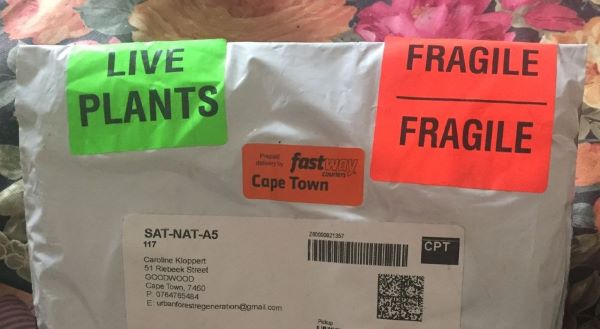
The onion and European herb seeds arrive with a free gift of soap yucca ! As autumn comes upon us at the Cape, I've been propagating and planting furiously, with more to come. Every region of the globe is unique and what turns the seasons on their head here is the local weather. The Cape is one of the few small regions of the world with winter rainfall and scorching dry summers. Our first spring is marked by an explosion of flowers in the fields, and is followed by searing heat which turns them to dry seeds. Our second spring is marked by a great greening. It is the start of the winter rainy season and most local plants and many exotics put on leaves at this time Without frost dates and winter dormancy gardening lore from the rest of the world can mislead a Cape gardener. A very experienced olericulturist told me to start doing my own measurements, rely on my own records and stop trying to find a source of planting schedules for vegetables that worked in my zone because nothing from second hand sources can be relied on. This he said, was true no matter where you live. Let me tell you about my big autumn plant up and how I've tried to integrate my new learning into it. 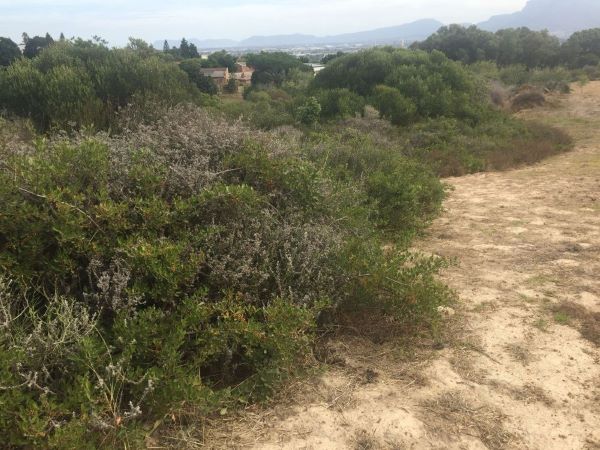
A patch of silcrete Renosterveld on the Tygerberg is my closest wilderness. Used to solid clay, these lovely plants often won't grow in my sandy garden, but I have been lucky occasionally. Inspiration of the momentI've engaged quite deeply in the past with waterwise gardening, permaculture, regenerative methods and wildlife gardening. My latest teachers are John Kempf of the Regenerative Podcast for his deep knowledge on plant nutrition, biostimulants and microbiomes. Watching the north American ecologist Doug Tallamy has given me much to work on to achieve greater biodiversity. I also had a brief encounter with Jared of the Vegetable Academy whose rigorous systems inspired me.Based on the Jared's remarks, I plan to research the requirements of plants more thoroughly, rely on my own local weather measurements, and do succesion planting to bring in a manageable harvest over a longer period. This season I'm growing broadbeans and a variety of cruciferae, which I've done for a while. I'm focussing on learning about onions, so that once I have got to know them I can move on to potatoes, and slowly work on becoming self reliant, crop by crop. I don't have the nutrient monitoring resources that John Kempf's farming audience have. I have to follow general principles and hope for the best. Nonetheless, since I've consciously been applying regenerative techniques based on the five principles in my garden I've noticed an increase in vegetative growth. However, calorie crops like roots are either insufficient or non est. I may be supplying too much nitrogen (urine and pigeon manure). I've tried to implement recommendations by Doug Tallamy. This requires knowing what the keystone species are in my area. These plants are the biggest levers to pull in the garden ecosystem, as they support the greatest diversity of invertebrates, on which much rests. This information is very hard to come by. Occasionally I stumble across some reading that sheds some light. Bietou is supposed to be good, but I haven't noticed anyone attacking my huge bietou hedge. I'm growing a couple of leguminous and berry bearing fynbos plants this season from seed. Hoping for success in germination and wildlife support later. 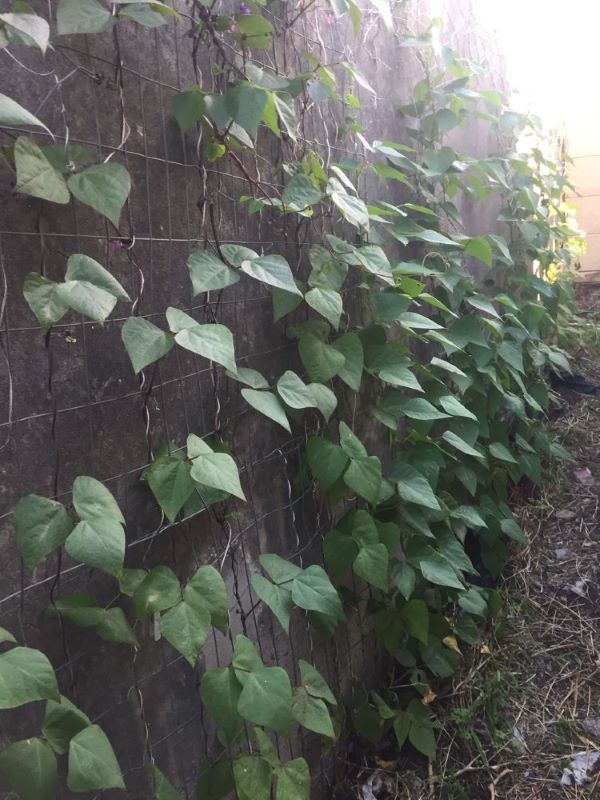
The beans that I described inoculating in the last newsletter are doing extremely well. If a bit vegetation dominant. What plants am I growing in this season ?The start of the rains is the season for sowing most native fynbos seeds. They generally have to be 'smoked'.Its also a good time for planting out plants from my nursery into the garden because the wetter conditions will help them establish. I've sowed a lot of onions: Australian Brown, Japanese clumping onions and Caledon Globe, a local variety bred for our conditions. I've also sowed a number of varieteis of leafy greens: 3 brassicas, cos lettuce and chard. The leafy greens came up well but the onions germinated poorly. Last season in May the onion seedlings came up like hairs on a dog's back. But it was too late in the year for the onions to bulb up nicely before the searing summer sun scorched them. This is why I'm starting earlier. I read and read and read on onions and don't find answers as to why they were still tiny threads when the summer came 8 months later. Later in the year as it gets colder some herbs like our local cancer bush and Russian tarragon will be sown, as well as mallow. They can or only germinate below 15 degrees celcius. 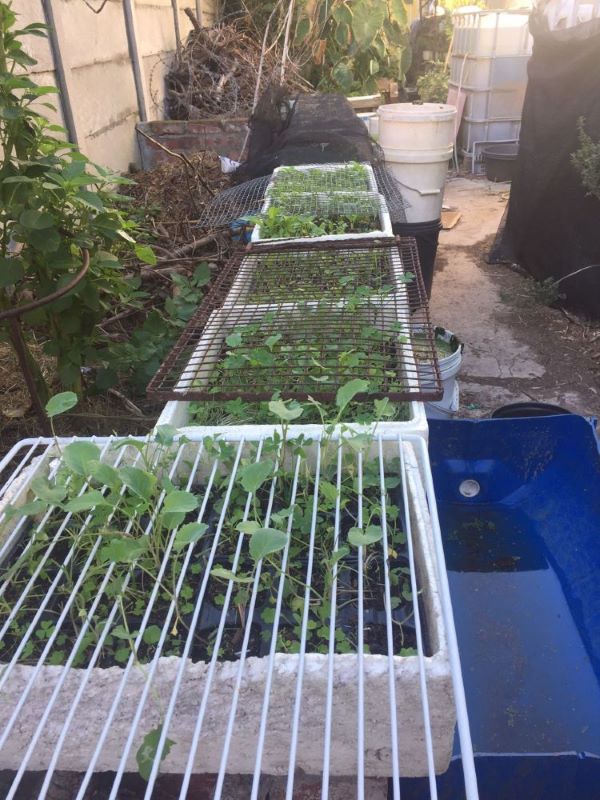
The brassicas and onions in their seed trays. Experimentation and preparationI decided to experiment with sowing European herbs in our autumn, as our summer seems to kill them. I had zero germination this autumn. It is either the wrong timing or the seed supplier sold me dead seeds.I spent a lot of time researching growing conditions for all unfamiliar plants, and found out more about seed inoculation. The drying of seeds for preservation knocks down their microbiome and they are very dependent on microbial assistance. I then set about cleaning 27 poly trays and 108 sixpacks. The seeds which need cold stratification are in the fridge. All in all its been a frustrating season in some ways and a breakthrough time in others. Life ? Gardening ? I hope to follow this Newsletter with an article on the details of my propagation techniques, as its too long for a newsletter. So watch this space. Keep up the good work and may your gardens flourish. Caroline 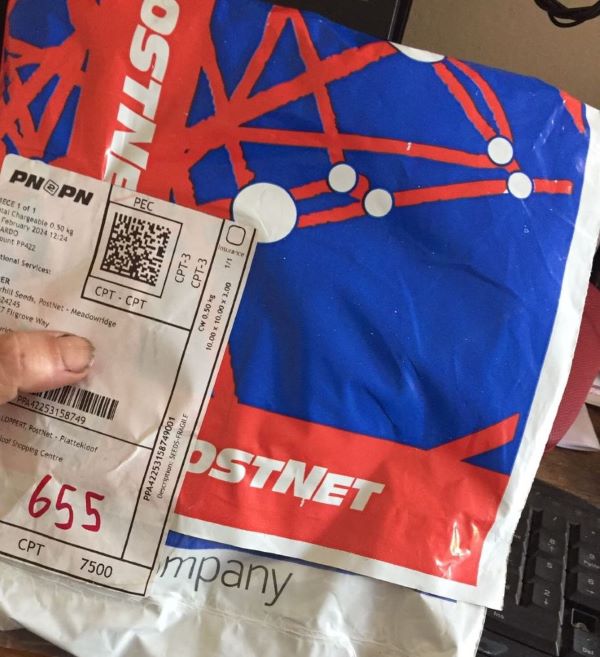
The native seeds of legumes, berry bushes and restios have arrived. I've seen them all growing in very similar soil close to me. How the newsletter will work from now onI've decided to separate the newletter from the course, and so the newsletters on the topic thus far can be considered as a prelude to the course itself rather than part of it. There is a link in each Restore Nature Newsletter which gives you access to back issues if you missed any. The course material itself will from now on be embedded as hidden pages in the website to which subscribers have exclusive access and will no longer be delivered as newsletters. Topic suggestions welcomeYou may write to me anytime at the website greenidiom by filling out a comment. You can also use my webmail (website mail) address greenidi@greenidiom.com. 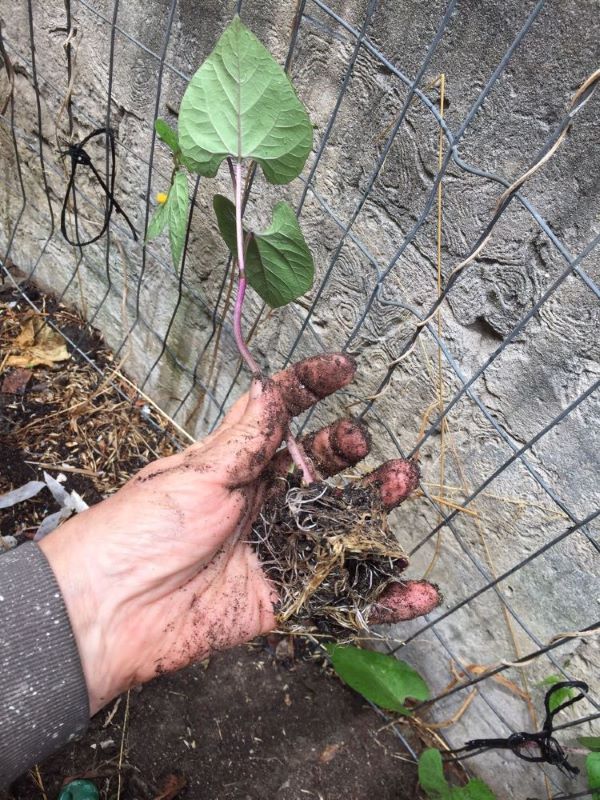
The inoculated bean seedlings showed quite strong root growth when I planted them out, so I inoculated all the broad beans for the autumn sowing too. Part 2 of 'Gardening against Extinction'Part 2 of 'Gardening against Extinction' deals with the basics of designing a garden for maximum biodiversity. This section is not yet ready. The modules come if and when they're completed as I'm learning, researching and writing as we work through the course. I hope you enjoy the course !
Have you missed the introduction ?Please go to back issues right below if you want to catch up with what I've sent thus far as preamble for the course, as well as previous newsletters. |
| Back to Back Issues Page |